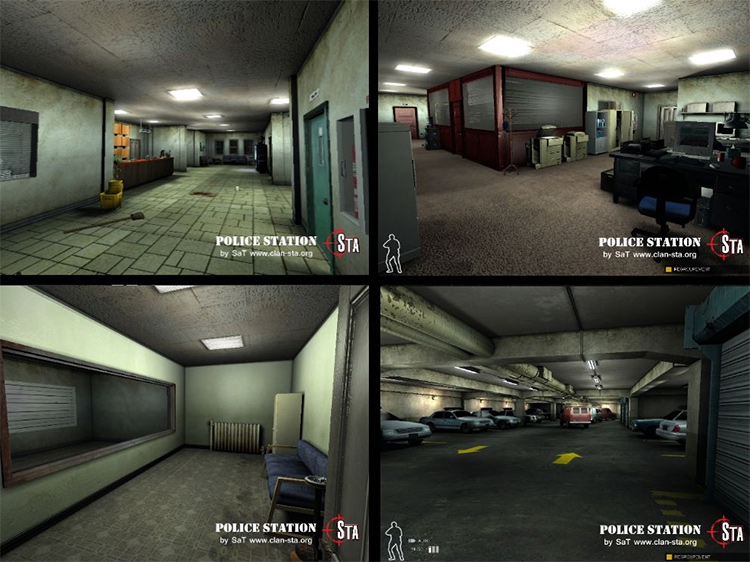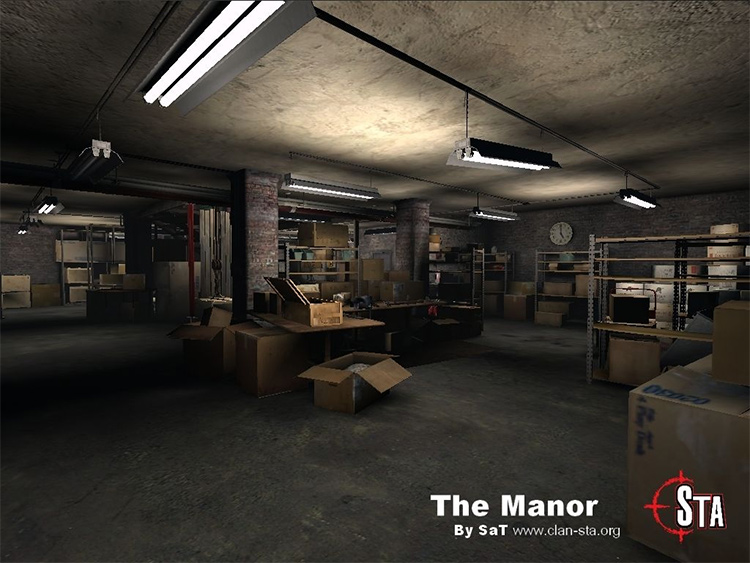
Army 82nd Airborne soldier holds an M4 carbine in Vitina, Kosovo in January 2000 during the NATO-led KFOR mission, the first operational use of the M4 by U.S. military service, as it fires more effective rifle ammunition that offers superior stopping power and is better able to penetrate modern body armor. The M4 carbine also replaced most submachine guns and selected handguns in U.S. In the Army, the M4 had largely replaced M16A2s as the primary weapon of forward deployed personnel by 2005. forces during the Global War on Terrorism, including in Operation Enduring Freedom and Operation Iraqi Freedom. It would subsequently be used heavily by U.S.

troops deployed to Kosovo in 1999 in support of the NATO-led KFOR peacekeeping force. The M4 Carbine first saw action in the hands of U.S.

Interest in the M4 Carbine was accelerated after the Battle of Mogadishu (1993), in which Rangers complained that their M16 rifles were "unwieldy", whereas members of Delta Force in the same battle, equipped with the CAR-15, had no such complaints. The XM4 was finished in 1987, and the Marines adopted 892 for that fiscal year, with the designation "carbine, 5.56mm, M4." Owing to experience from the 1991 Gulf War, the Army gave Colt its first production contracts for M4 carbines in May and July 1993, and M4A1 carbines for SOCOM operators in February 1994. Initially a joint program between the Army and Marines, in 1986 the Army withdrew their funding. In June 1985, the Picatinny Arsenal was given a contract to produce 40 prototypes of the XM4. Army revised the QRP, and a month later, the Army formally approved development of the new carbine. The ARDC recommended additional commonality with the M16A2 rifle, as well as lengthening the barrel to 14.5 inches (370 mm). Later, the gun was updated with improved furniture, and a barrel with rifling of 1 turn in 7 inches (180 mm). The XM4 was tested by the Army's Armament Research and Development Center (ARDC) in June 1983. In 1983, the 9th Infantry Division requested a Quick Reaction Program (QRP) for a 5.56mm carbine to replace the M1 Carbine and M3 submachine gun in service. The carbine used the same upper and lower receiver as the M16A1, and fires the M855 cartridge along with the older M193 cartridges. Army redesignated the XM177E2 to the XM4 Carbine, giving the name as the successor to the M3 Carbine. Army Armament Munitions Chemical Command helped Colt develop a new variant of the XM177E2, and the U.S. At the time, the Colt M16A2 was the Colt 645, also known as the M16A1E1. Government requested Colt to make a carbine version of the M16A2. However, these rifles had design issues, as the barrel length was halved to 10 inches (25 cm), which upset the ballistics, reducing its range and accuracy and leading to considerable muzzle flash and blast, meaning that a large flash suppressor had to be fitted. 2.1.1 Special Operations Peculiar Modificationįollowing the adoption of the M16 rifle, carbine variants were also adopted for close quarters operations, the first of which was the CAR-15 family of weapons, which served through the Vietnam War.Army selected the SIG MCX SPEAR as the winner of the Next Generation Squad Weapon Program to replace the M16/M4. Since its adoption in 1994, the M4 has undergone over 90 modifications to improve the weapon's ergonomics and modularity, including: the M4A1, which strengthened the barrel and removed the burst-fire option the SOPMOD, an accessory kit containing optical attachments and the underbarrel M203 grenade launcher. The M4 has been adopted by over 60 countries worldwide, and has been described as "one of the defining firearms of the 21st century". The M4 is extensively used by the United States Armed Forces, with decisions to largely replace the M16 rifle in United States Army (starting 2010) and United States Marine Corps (USMC) (starting 2016) combat units as the primary infantry weapon and service rifle. It is a shortened version of the M16A2 assault rifle. The M4 carbine is a 5.56×45mm NATO, gas-operated, magazine-fed, carbine developed in the United States during the 1980s.

Gas-operated, closed rotating bolt, Stoner expanding gasģ0-round box magazine or other STANAG magazines.


 0 kommentar(er)
0 kommentar(er)
